…once you see it, you instantly know you’re talking about an image shot with a catadioptric lens. Catadioptric lenses are as unmistakable themselves as the images they make with their large dimeter barrel with a noticeable round obtrusion right smack in the center of the front element.
Catadioptrics have been used since the early 1820s in lighthouses, in which a large amount of light is needed to be cast using a reflector that needed to fit into as small of a space as possible. The concept expanded to telescopes and microscopes and eventually camera lenses, all in an effort to solve the same problem, focusing light great distances, while keeping the overall size of the optical unit small.
The illustrations above show the light path through a catadioptric lens compared to a traditional telephoto lens of the same focal length. Mirror lenses as they were more commonly called have the benefit of being both shorter, and in most cases (but not all), lighter. Their biggest downside however is that they’re usually not very fast, with many having maximum apertures of f/8 and smaller, and because of the design of the lens, usually lack adjustable irises meaning the maximum aperture is often the only aperture. Neutral density filters are commonly used to stop down, or decrease the amount of light that enters a mirror lens. Depending on your tastes, another characteristic of mirror lenses is that they make donut shaped “bokeh” in out of focus details, which may or may not be appealing to some.
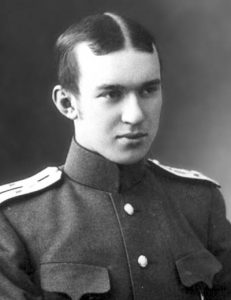
It is difficult to credit one single person or company with the development of mirror lenses as a large number of German, Japanese, and Soviet optics engineers worked on their own designs, but one of the early lenses, simply called the Russian MTO (Maksutov Tele Optics) lens is the one I am most interested about. Further research into what’s called the MTO lens is most likely a lens originally made for the Zenit SLR in M39 mount called the 3M-5A-MC. Using a design created by the Russian optical engineer Dmitry Dmitrievich Maksutov for telescopes, the lens gained early recognition for it’s sharpness and lacking of aberrations common in other catadioptric designs, plus it’s ability to focus closer than most other mirror lenses.
When the MTO was first released in 1958, it was available only with a Zenit M39 SLR mount. Although the lens could be physically mounted to a Leica Thread Mount rangefinder, the flange distance only worked on the M39 Zenit SLR.
Word of the lens’s existence would eventually make it out west where Western photographers marveled at the quality of the optics and it’s close focus distance of 12 feet. Although a 12 foot minimum focus would be considered terrible for a wider prime lens today, compared to the 50 foot (or more) minimum distances of other mirror lenses of the era, the MTO was seen as a tremendous achievement and there was interest from a number of American companies in importing it.
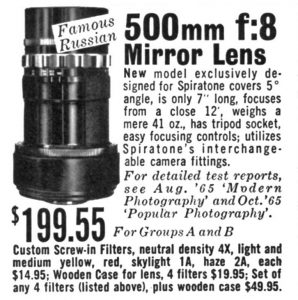
The man who led the charge was Fred Spira from Spiratone who had an interest in bringing Russian lenses out west. When Spira first became interested in the MTO 500, he was not a fan of the M39 mount so he asked his contacts at KMZ where the lens was made, if the lens mount could be changed to support the universal Tamron “T-mount” which would allow it to more easily be used on any number of existing SLR systems. To his satisfaction, the MTO 500 lens mount was changed, along with a few other cosmetic changes to the focus ring and tripod socket.
Soon thereafter, Spiratone would sell these “Famous Russian” lenses in back of magazine ads like the one to the right for $199.55 for the lens and an additional $49.95 for a custom wooden case plus 4 filters. When adjusted for inflation, these prices compare to about $1730 and $430 today. Spiratone’s lens was an affordable option for those wanting to try such a long lens without the investment required for Nikkor or Zeiss lenses.
In his “Keppler on the SLR” column in the August 1965 issue of Modern Photography, Herbert Keppler wrote a short review of the MTO 500, marveling at it’s optical qualities and short 12 foot minimum focus distance. He explains that the designers of the lens got creative in how the lens focused by modifying the focal length to reduce the minimum focus distance. By mounting the secondary mirror and correcting plate in the front of the lens in a helical focusing mount, focusing the lens reduces the focal length of the lens, allowing for a much closer focusing mount than otherwise was possible.
As many photographers in the 1960s did, once I learned of the MTO 500, I became immediately interested in acquiring one. As is the case with everything though, it would take some time to find the right one and at the right price.
When Spiratone sold these, the lens could be purchased by itself, or inside of a nice wooden carrying case with four filters and I was lucky enough to come across a complete set with everything included in the original box. The lens showed almost no signs of use, suggesting it was hardly, if ever used. Screwed onto the T-mount however, was a Nikon F adapter, so wanting to use the lens on a camera that it could mount to, I chose the Kiev 19 which uses the Nikon F mount.
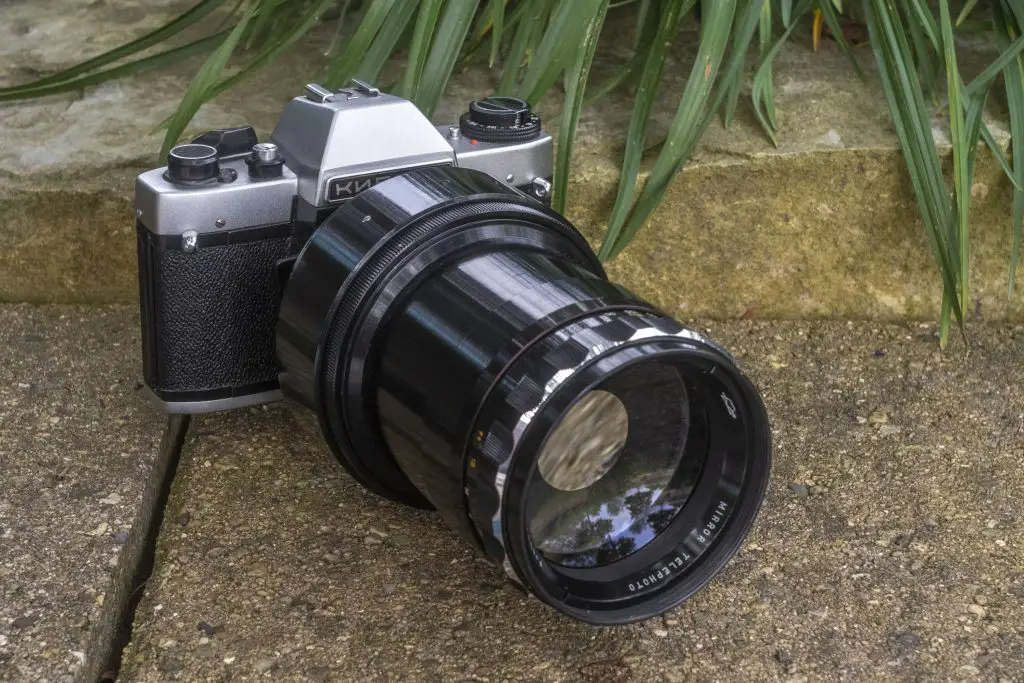 The build quality of the lens is excellent. The MTO’s all metal body has no plastic or any other obvious weight saving materials. It weighs 1165 grams by itself with each filter adding an additional 104 grams, which once you mount to an appropriate body, you end up with quite a formidable camera.
The build quality of the lens is excellent. The MTO’s all metal body has no plastic or any other obvious weight saving materials. It weighs 1165 grams by itself with each filter adding an additional 104 grams, which once you mount to an appropriate body, you end up with quite a formidable camera.
Like most mirror lenses, there is no control for aperture, just focusing distance which is indicated from 12 feet to infinity. The focusing ring on the MTO 500 is made of thick metal with deep chrome and black ribs, similar to German lenses of the era. Focus motion is smooth, but very long as a complete rotation from minimum to maximum focus requires an almost 360 degree rotation. Also like most mirror lenses, there is no infinity stop at infinity, allowing you to focus beyond the indicated mark. This was done on purpose for a variety of reasons, some of which were engineering tolerances, to ensure compatibility with a variety of lens mounts, and also to accommodate any differences in temperatures the lens might be used in.
If you’ve never used a mirror lens, or any long telephoto lens for that matter, a few things that might surprise you are that the depth of field is incredibly thin, even at long distances. Mount the MTO to an SLR, point it at a car down the street and look through your lens, and you cannot rely on depth of field alone to get the car in focus. Even shooting far away images across long distances will likely require precision focus.
Of course, the biggest challenge is that hand holding a 500mm lens is very difficult, especially when using slower shutter speeds as even the slightest amount of instability can cause your images to come out blurry. This is not a fault or problem with the Soviet MTO lens, but is just how things are, so if you are shooting on film, make sure you are in good enough light so that you can use fast shutter speeds, preferably 1/500 or faster, or better yet, just use a tripod.
Modern digital cameras make using lenses like these much easier as we can now set fast shutter speeds and ISO sensitivities to ridiculously high numbers that photographers back when these lenses were new, could have only dreamed of.
I wanted to experience the MTO lens in every way I could, so I shot a couple rolls in the Kiev 19 pictured above and mounted using an adapter to my FujiFilm X-T20 digital mirrorless. Regrettably, I did not have any fast film stocks to use in the Kiev, so I stuck with fresh Fuji 400.
The gallery above showed my best images and a couple “not too bad” images from my first two rolls in the Kiev. In the case of the two moon pics, one was with the lens mounted to a Nikkor TC-200 2x teleconverter, increasing the focal length to 1000mm. In both moon shots and the night time shot of the swing set, I had the camera mounted to a tripod and as you can see, I still have some body shake making razor sharp focus incredibly difficult in low light.
Every other image was shot hand held with the Kiev 19 set to either 1/500 or 1/1000 and I am impressed with the number of shots I got correctly in focus, but there are quite a number that weren’t.
Still, even without the increased resolution of a modern digital sensor, we can already see some really good sharpness from the MTO lens in many of these shots. In the shots of the construction vehicles in which I was at least an eighth of a mile away, you can clearly read the Craftsman and Caterpillar logos on the red truck. In the shot of the traffic light, each leaf on the tree next are all clearly defined and easy to see. I did not intentionally go for any “donut bokeh” that some people like to do with mirror lenses, but you can see some of the effect in the image of the hanging bee trap.
This second gallery shows the results of the lens shot digitally. I should point out that since the FujiFilm X-T20 camera has an APS-C sensor which has a 1.5x crop factor, the images above will have the look of those shot at an equivalent focal length of 750mm.
Like the images shot on film, shooting a 500mm mirror lens, even on a modern digital camera was a challenge. I set the ISO on the camera in the daylight pictures to 1600 which was much higher than I would typically use in those situations. I could have gone even higher and not worried about body shake, but I wanted to keep digital noise as low as possible, while still having fast enough shutter speeds to be useful.
The X-T20 revealed some optical limitations of the MTO lens as there is some softness and a tiny loss of contrast in several of the images, but was still able to produce wonderfully sharp images that likely would be on par with a consumer level 500mm digital lens today. Comparing the two shots of the birdhouse which I shot both digitally and on film, you can more clearly see the detail of the flaking paint and wood grain underneath on the digital photo.
To really get a comparison of the strength of the Soviet MTO 500 lens, I compared it using my digital camera to two other 500mm telephoto lenses, a discount Spiratone Minitel 500mm f/8 mirror lens that I’ve had for years, and a Sankyo Kohki Komura 500mm f/7 telephoto.
Of the two new lenses, the Spiratone Minitel is the smallest and lightest. Weighing in at just 388 grams, it is one third the weight of the MTO 500mm at 1165 grams and one fifth the weight of the Komura at 1645 grams. In addition to being the heaviest, the Komura is the largest in every dimension. The lens is so massive that it is constructed in two parts, splitting in half to fit into a specialized case that was made for it.
Being a non-mirror lens, the Komura is the only one with a diaphragm, allowing you to stop it down from f/7 all the way to f/45, which could possibly improve image quality by using a smaller aperture.
The following galleries show the same scenes using the same camera, with the MTO 500mm, Spiratone Minitel 500mm, and Komura 500mm lenses. For the Komura, I have two shots, the first at f/8 and the second at f/32 to see if stopping down the lens improves anything. Each image was shot in RAW and imported into Photoshop where I did slight adjustments to exposure, but nothing else. No other changes to contrast, sharpness, or color have been applied.
In the galleries above and below, the most obvious difference is in the lack of contrast in the shots taken with the Minitel, but in terms of sharpness and detail, all three lenses are actually not that far apart from each other, with the MTO holding it’s own against the non-mirror Komura 500mm lens.
A representation of a lens’s performance isn’t always what’s in focus, but also what’s out of focus and mirror lenses are famous for their “donut bokeh” so this next gallery shows all three lenses intentionally out of focus. For the Komura, I only have one image wide open at f/7.
Finally, with all three lenses having dramatically different minimum focus distances, I wanted to show what the lenses could do up close. As a reminder, the MTO focuses down to 12 feet, the Minitel to 5.5 feet, and the Komura to 26 feet. Once again, I only show one image of the Komura, this time at f/32 to maximize what little depth of field it could muster.
Looking at the sample images above, my initial reaction was how well each lens performed. It is clear the Spiratone Minitel is an economy lens. It consistently showed lowered contrast, almost as if there was constant flare, despite me never shooting directly into the sun. The lens looked unused with no obvious haze or internal damage that would cause such low contrast, so I just imagine that’s how this lens is. Despite the lowered contrast, which I could have improved in post processing, sharpness was not that far off from the other two.
In the image of the antique gas pump, you can still make out the lettering to the right of the 12 4/10 sign. The donut bokeh is rather harsh with some optical anomalies present around the edges. Also, at minimum distance, the purple flower looks very mussy with indistinct details. Mirror lenses were not designed to be used as macro lenses, so the presence of this feature is a curiosity. One last thing I noticed is that the Minitel appears to be slightly wider than the other two, suggesting it doesn’t quite reach 500mm, but at it’s price point, I doubt anyone cared.
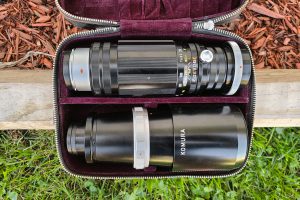
Both the MTO and Komura lenses show much better contrast and deeper blacks. They also approximate the same focal length. I didn’t notice a huge difference in sharpness stopping down the Komura from f/8 to f/32 (I avoided f/45 as the smallest aperture on any lens is almost always softer). Sharpness is very good, even far away, and I noticed no obvious chromatic issues on fine details like the red light atop the water tower. I’d rate the optical performance of the Komura to be very good, but optics alone don’t tell the whole story.
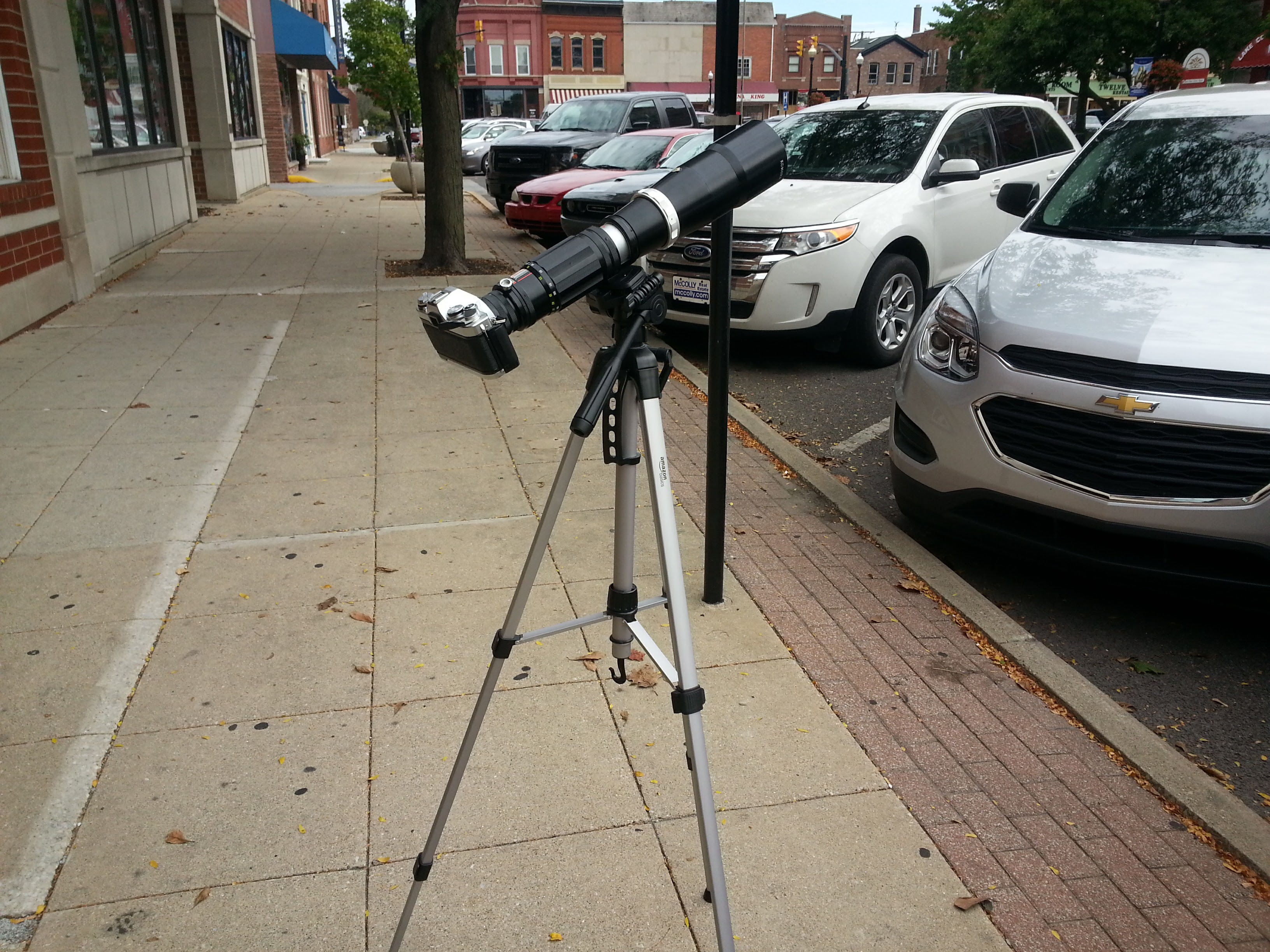
This is a MONSTER of a lens that is completely impractical to use hand held. The weight and overall length of this lens made it very hard to use and is the very reason mirror lenses were invented in the first place. I struggled getting focus with this lens, even setting my Fuji to a high ISO and using shutter speeds of 1/4000 and higher. I have a ton of respect for photographers who used lenses like these on film and were still able to get good results. I’ve only used this lens once on a film camera and I show the results in my review for the Canon AL-1, in which it was on a tripod for every shot.
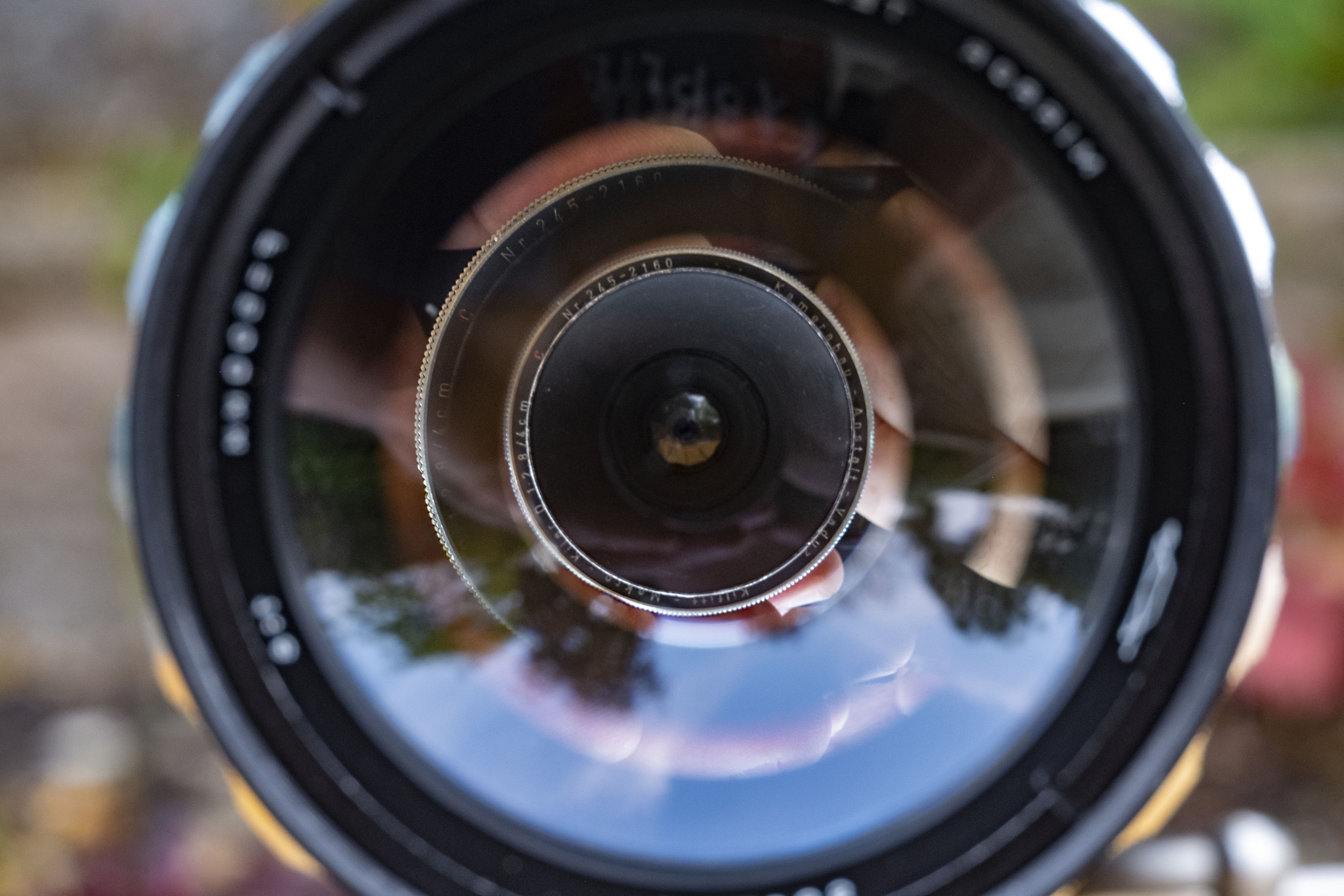
Finally, we get to the reason we’re all here, the MTO 500 lens. I had some of the same struggles with this lens as I did the Komura as 500mm is difficult to shoot hand held, regardless of design. But the much more compact size of the MTO lens and it’s lighter weight made it a bit more manageable. Don’t get me wrong, you’re not going to want to use this casually shooting children running around at the zoo, but for the occasional nature walk, it is manageable leaning up against a tree or some other structure.
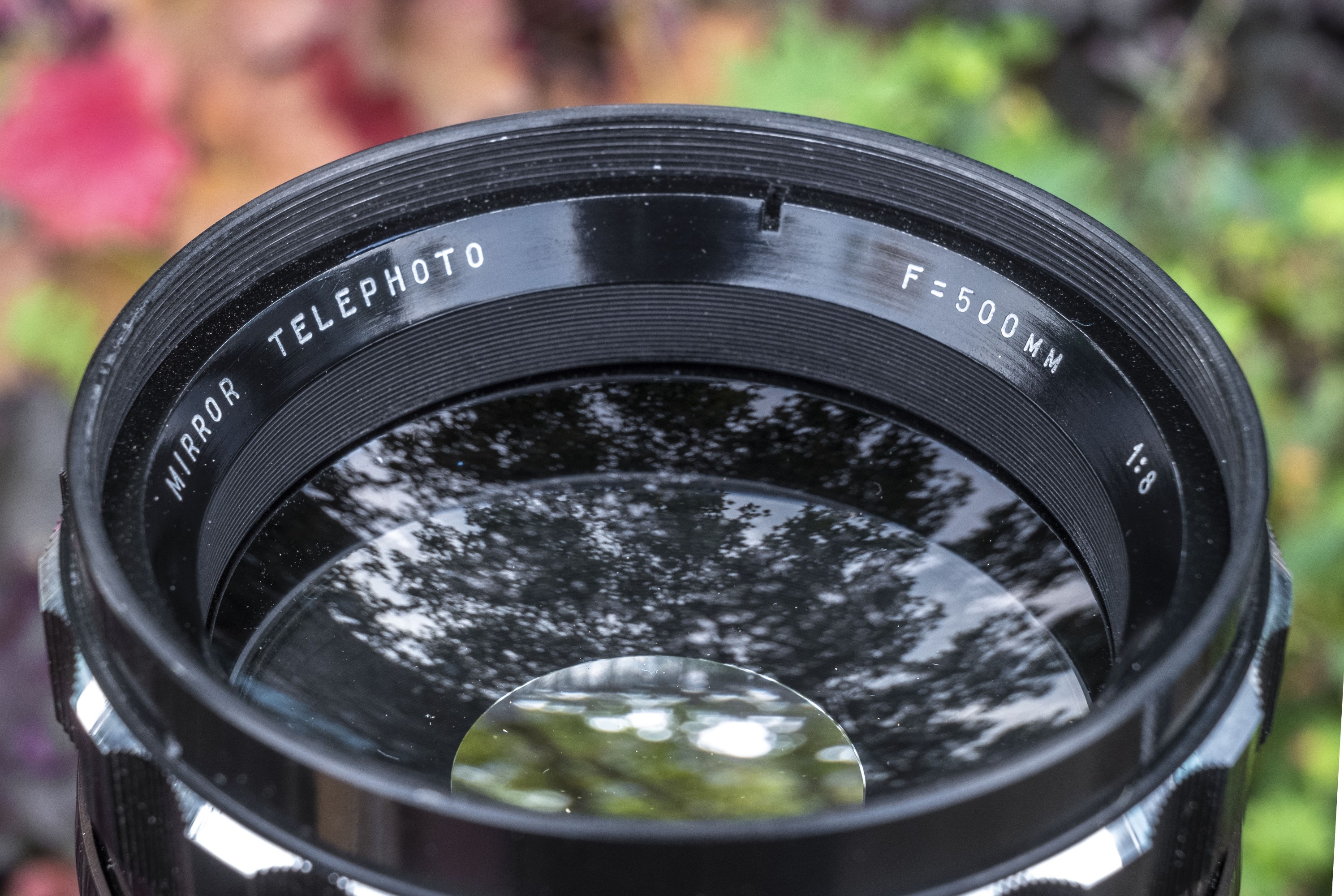
Optically, the MTO did very well, producing sharp images that were almost indistinguishable from the non-mirror Komura. Out of focus details have that characteristic donut look that some people may not like. It’s cool when you do it on purpose, but in certain instances, I found it to be distracting so for that reason, I prefer the out of focus characteristics of the Komura more. Finally, while 12 feet is hardly macro, I liked the look of the closeup flowers the best with the MTO. It’s far enough away to not suffer distortion like on the Minitel, but not so far away to be unusable like on the Komura.
I never did use any of the filters that came with the lens, but will definitely give it a try someday. I have recently come across some 1600 speed black and white film, so perhaps that with the yellow filter, I can get some cool results.
Overall, the MTO 500 is my favorite of these three lenses, it has excellent build quality, great optical performance far away, decent performance at minimum focus, and it’s not nearly as big and heavy as a standard 500mm lens like the Komura. These lenses might have been seen as Soviet curiosities by western photographers at the time of their release, but for anyone who was willing to take the plunge, should have found the performance of the lens more than satisfactory. At least enough to not need to spend two or even three times for more expensive options.

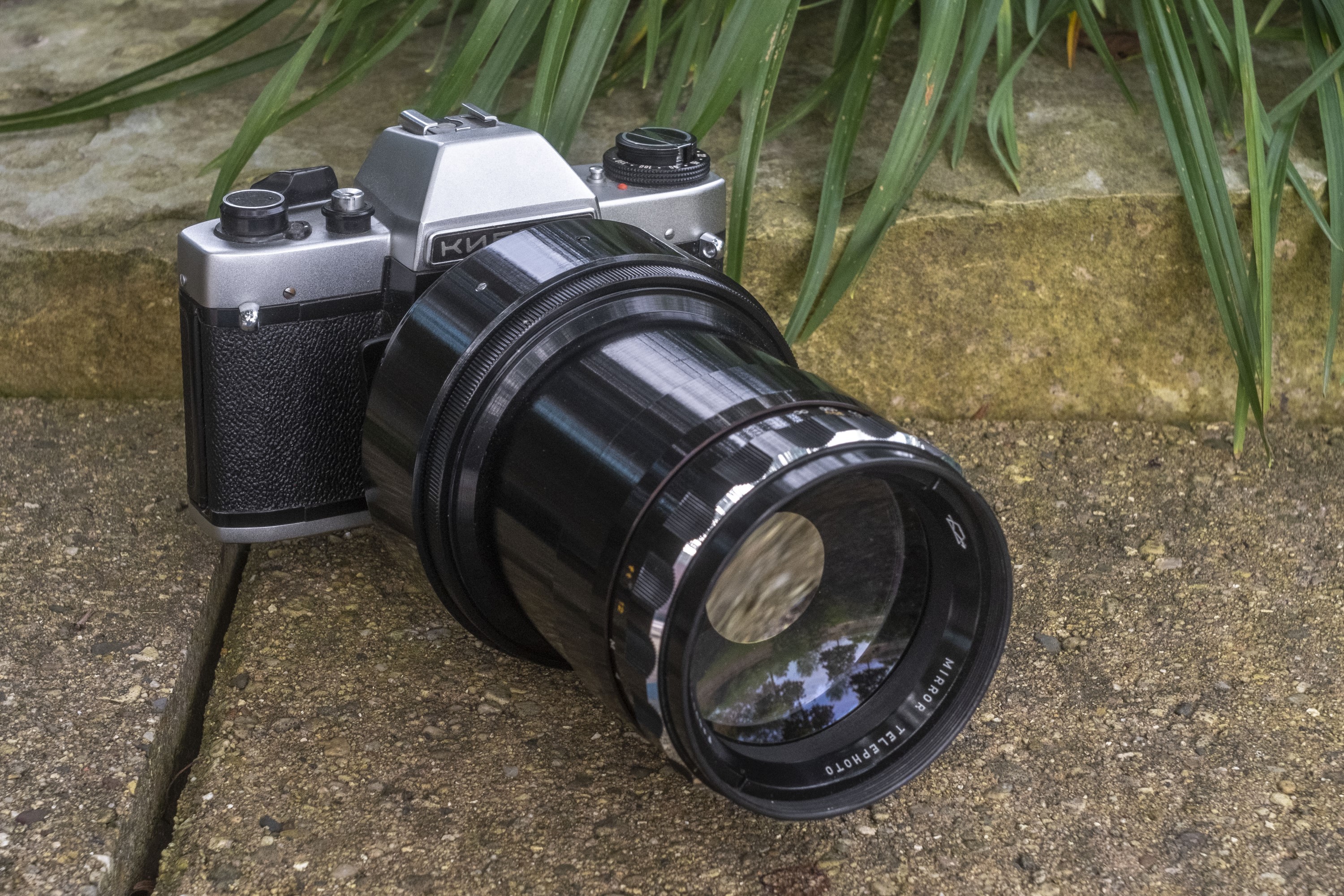
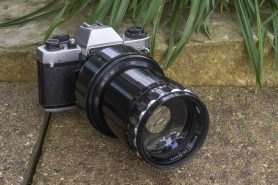

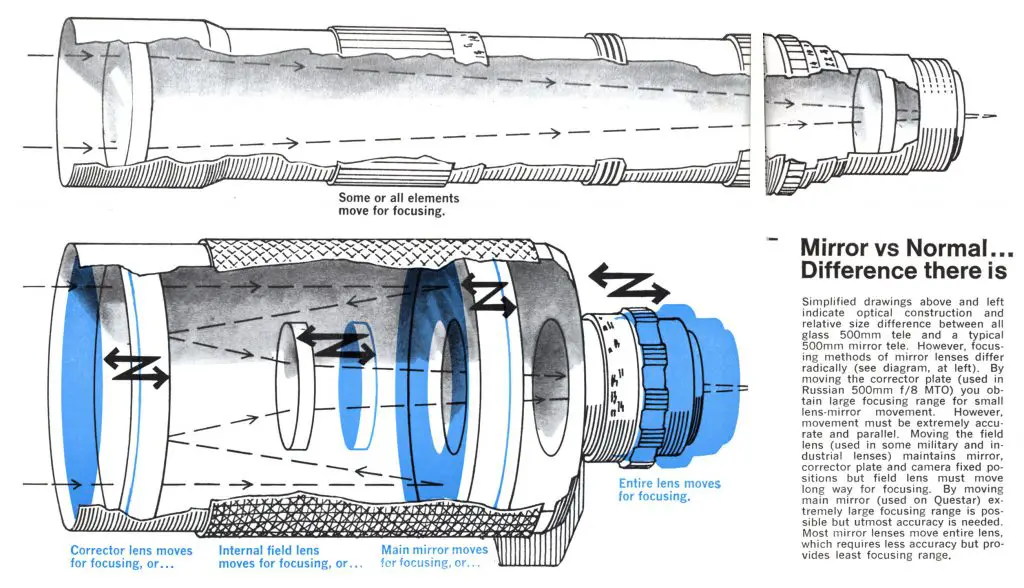

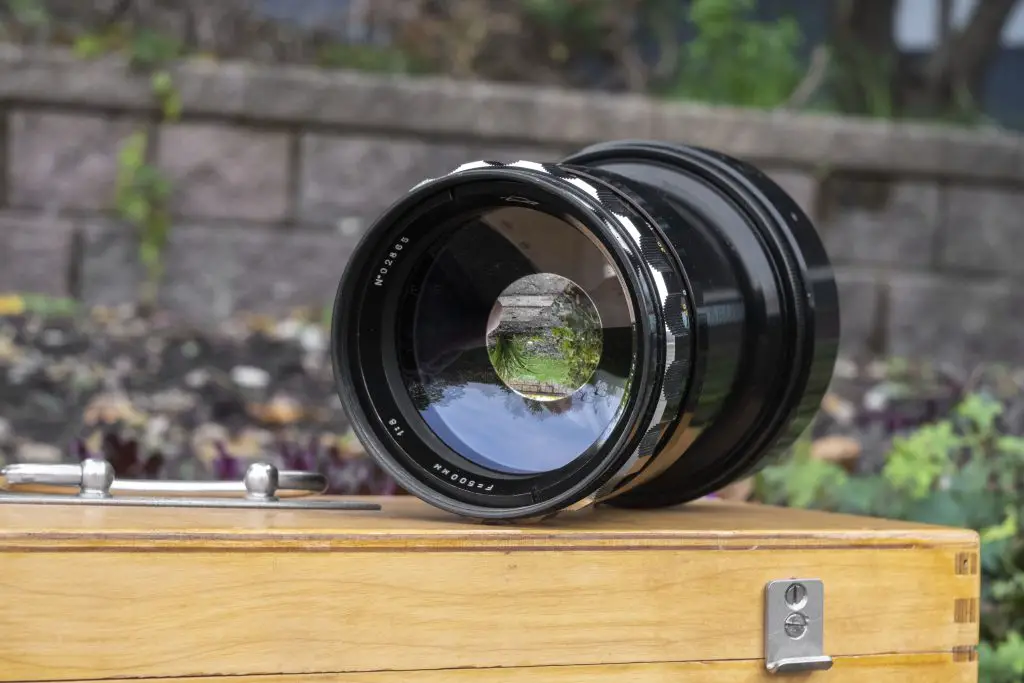
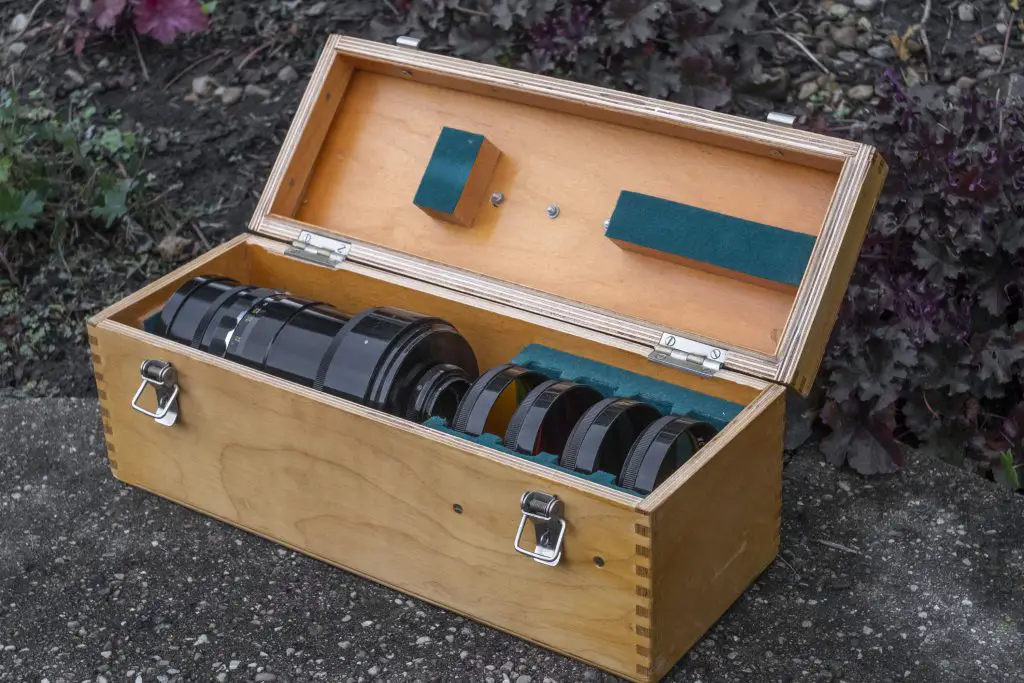
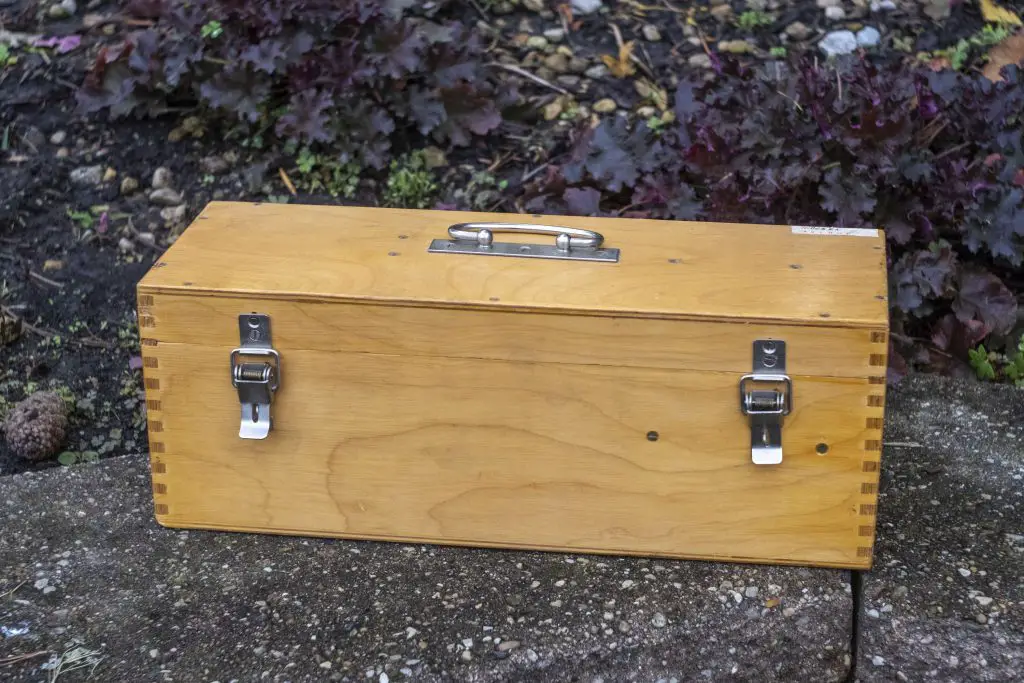


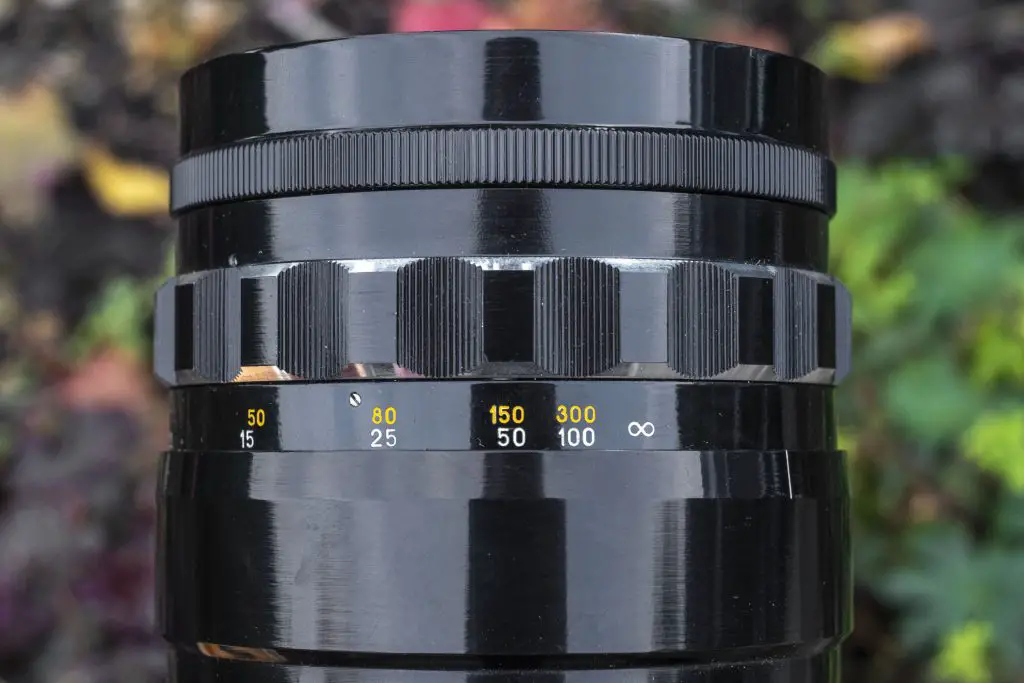




















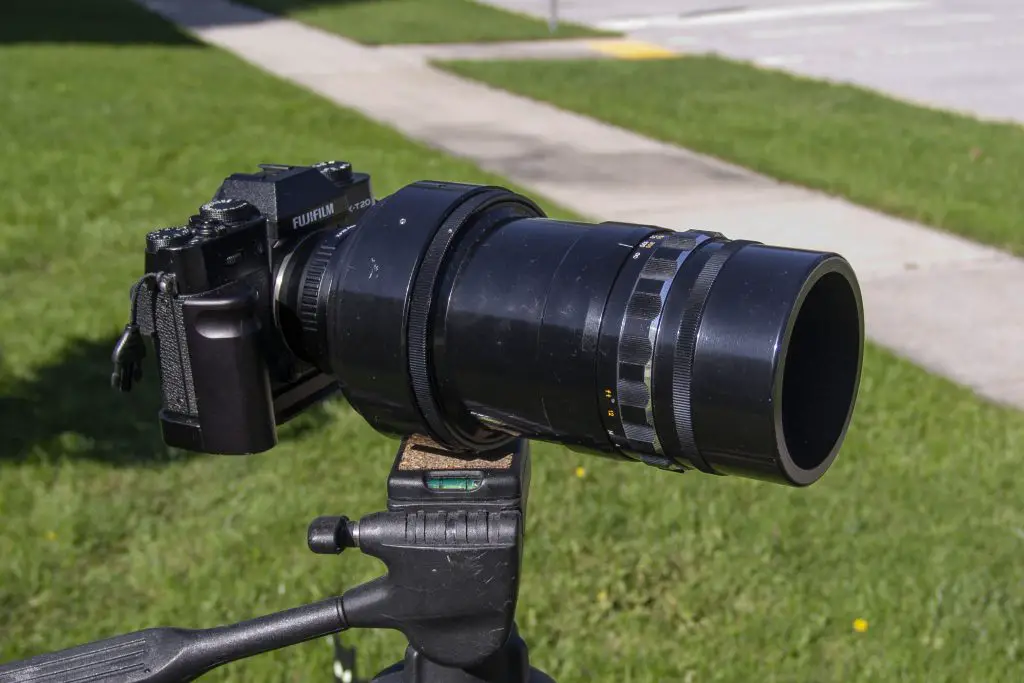
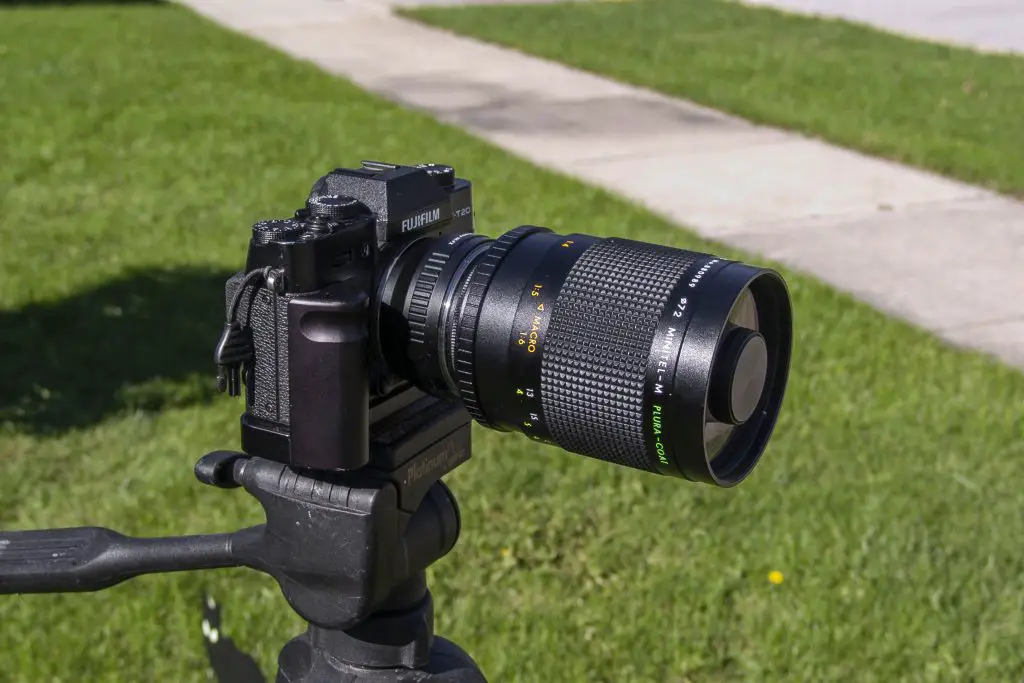
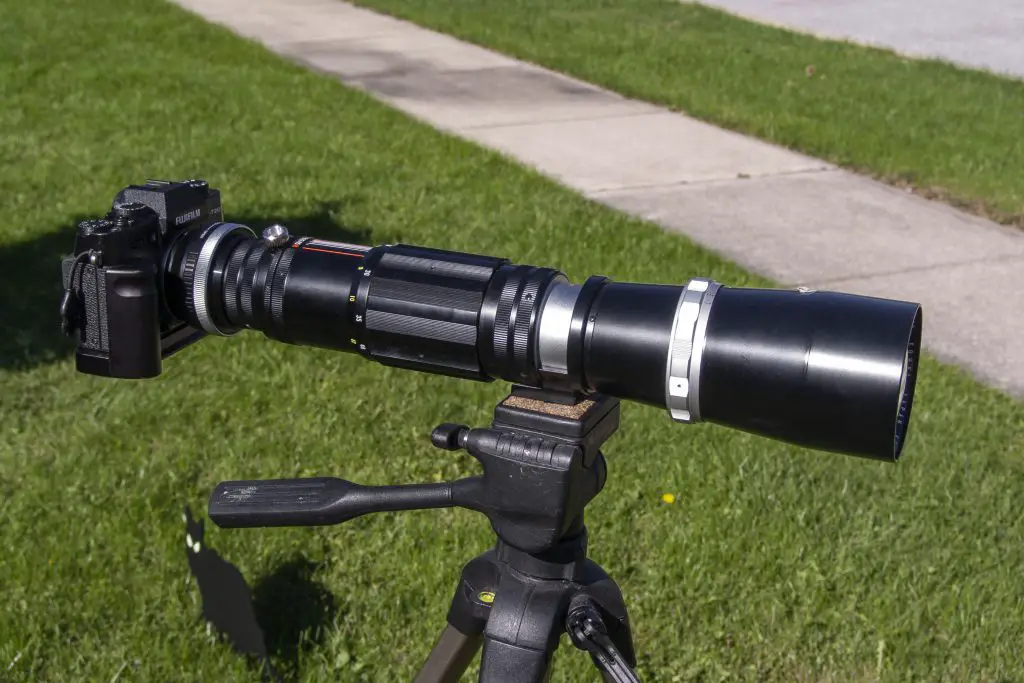

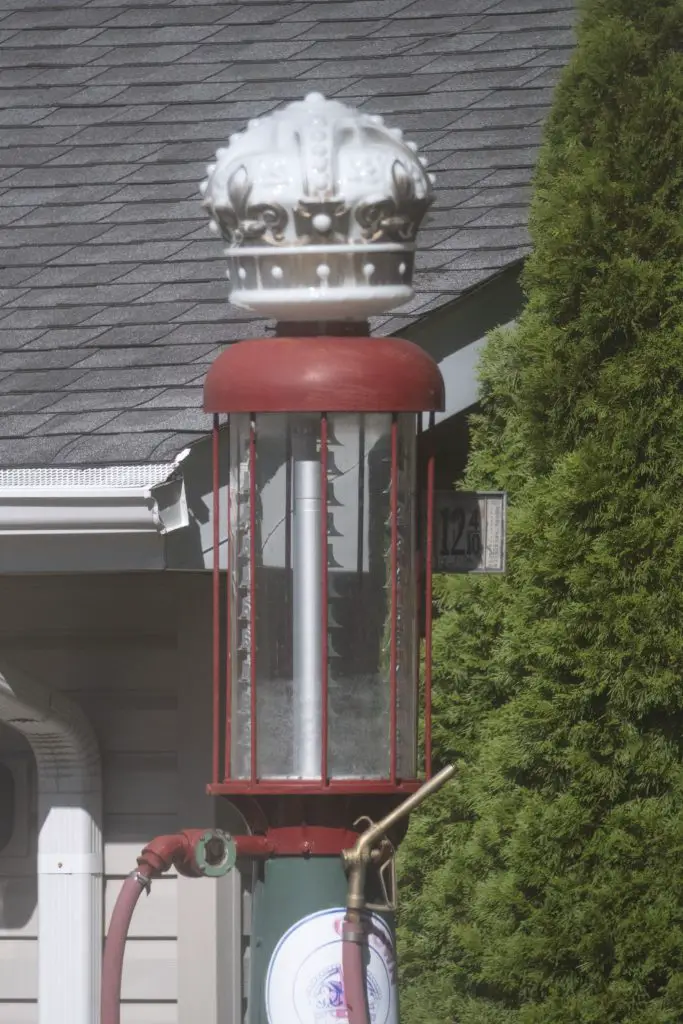

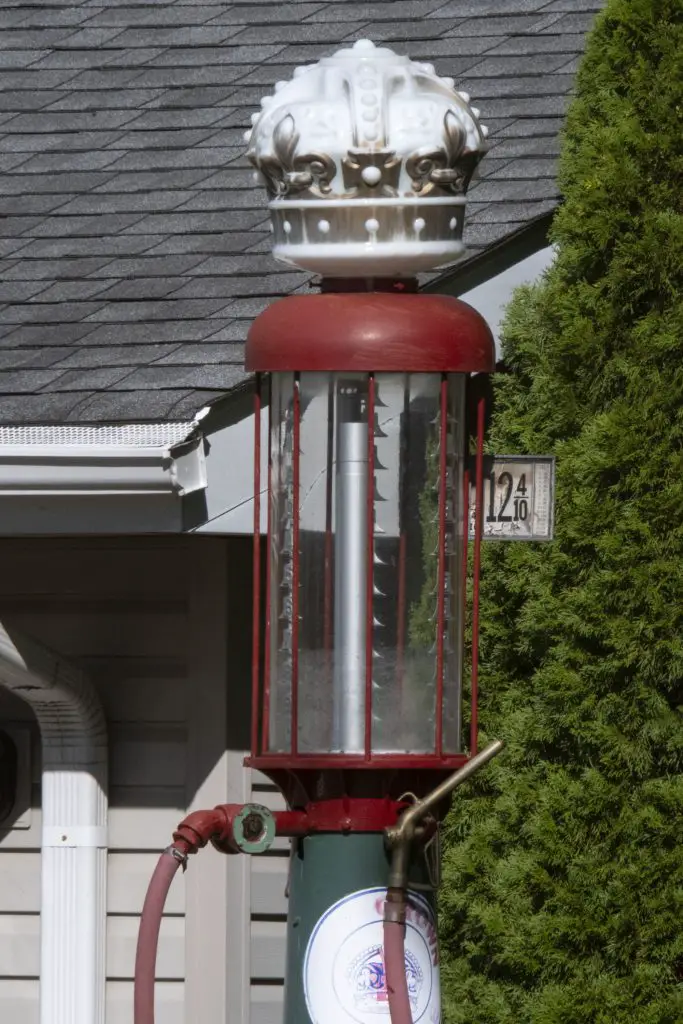
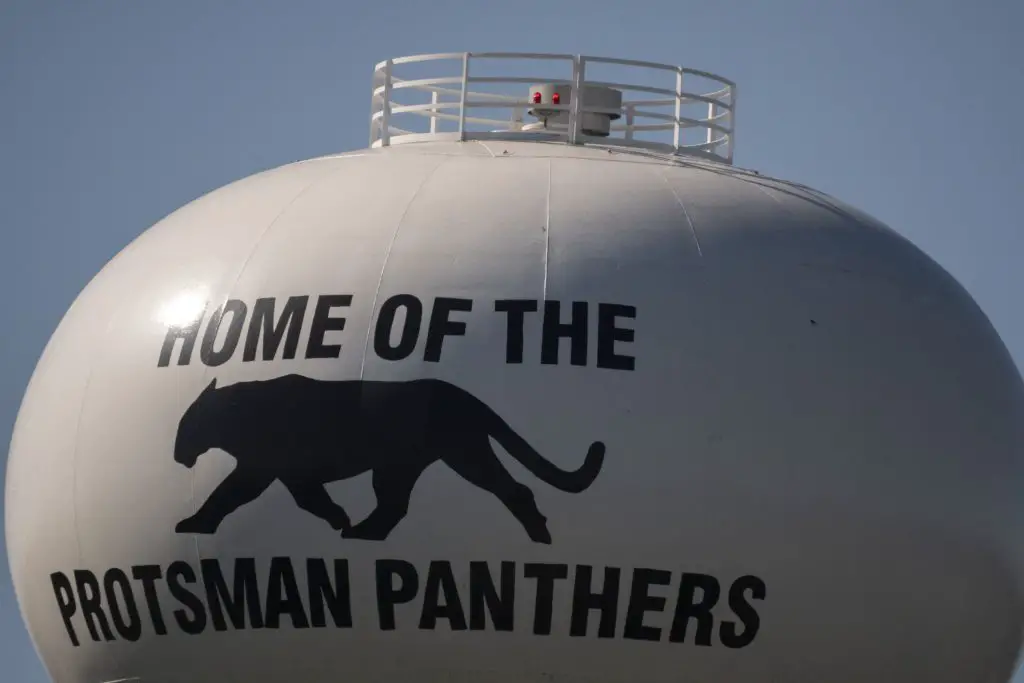

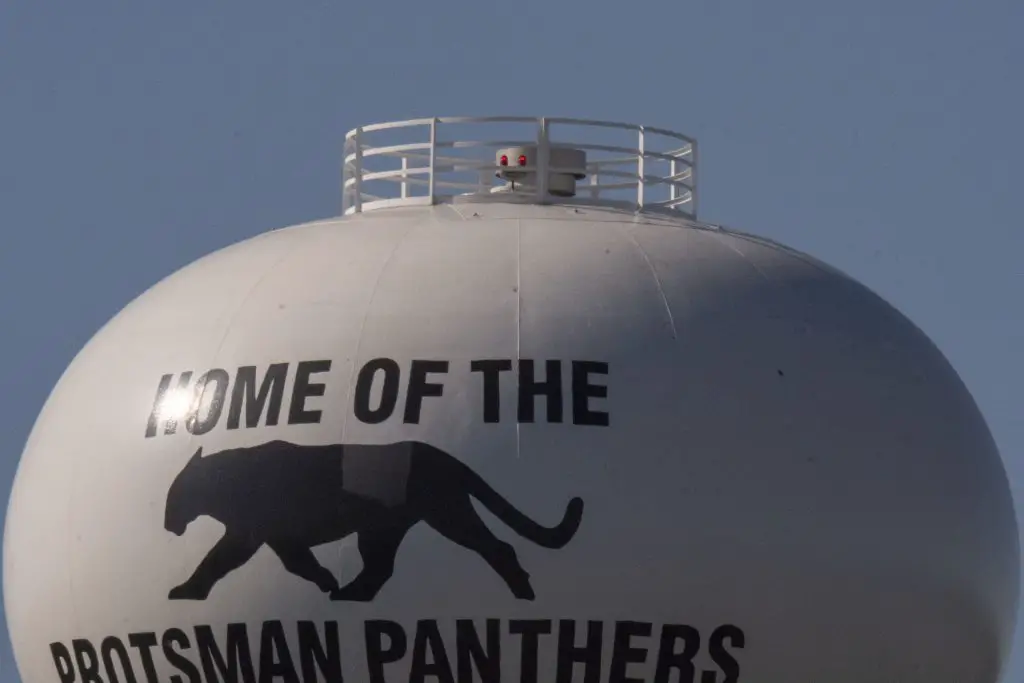
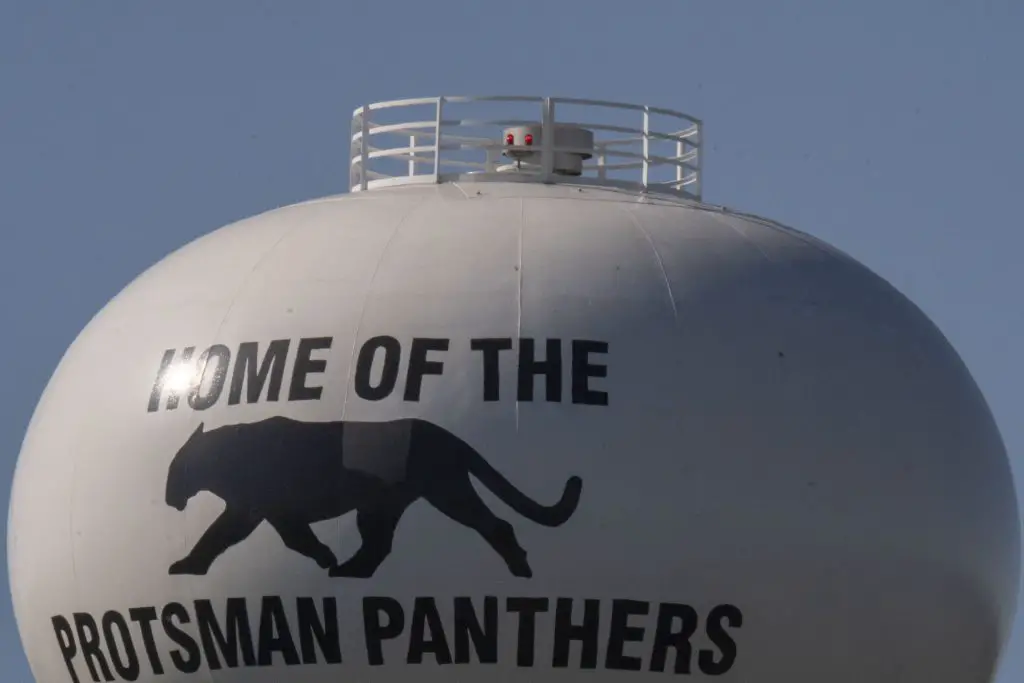
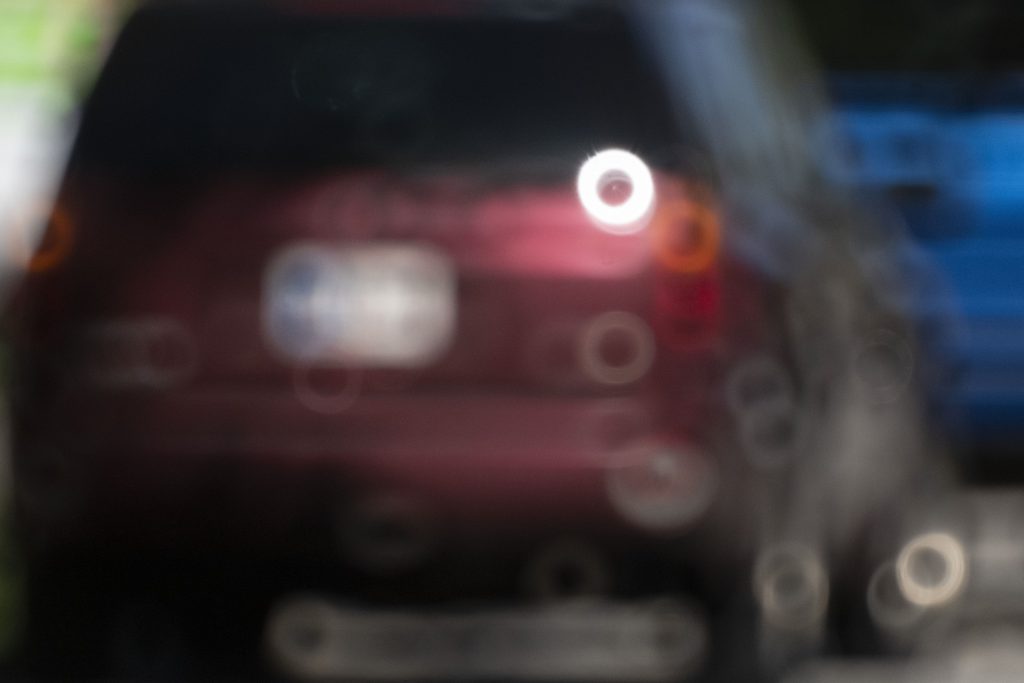
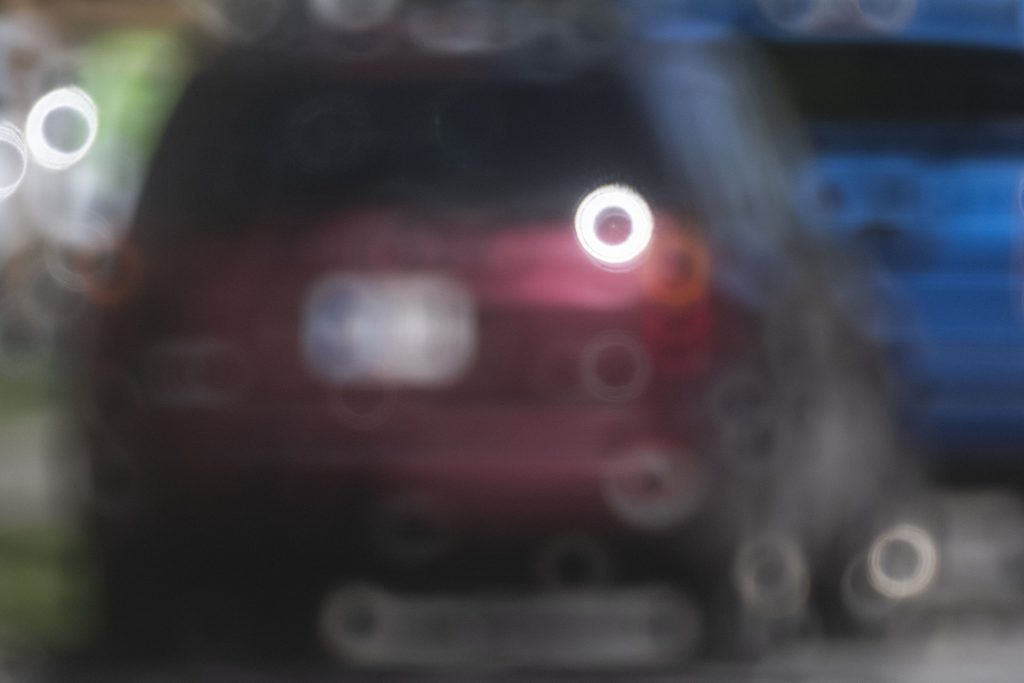
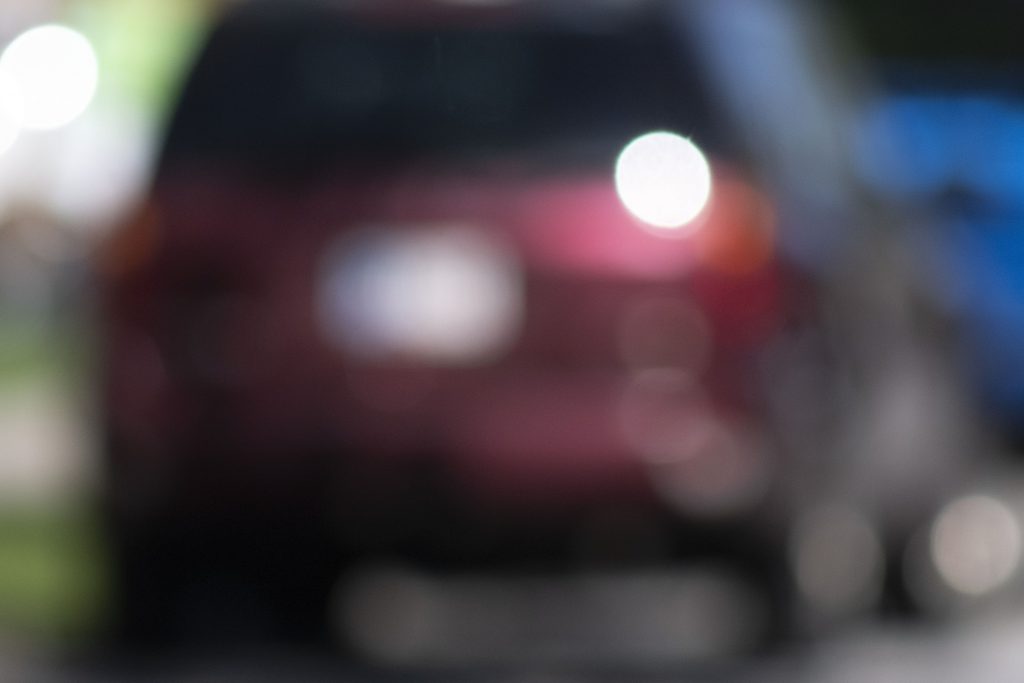

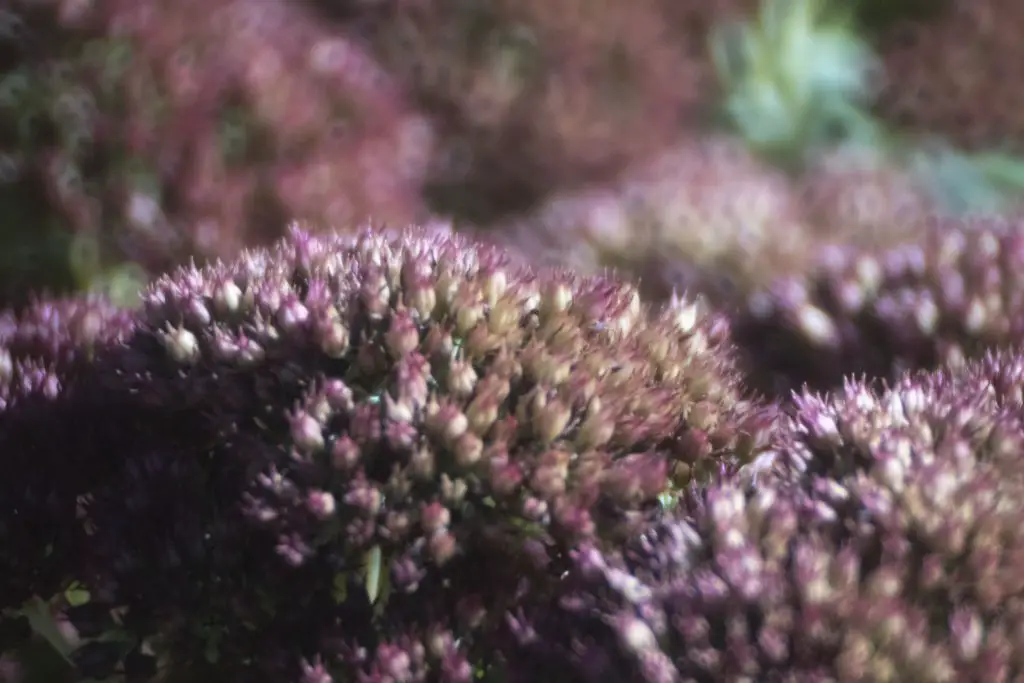

Hello ! I really liked your article about the MTO. I have just bought one in third-hand in a really good shape (50 euros) with the wood box and all the stuff. The last owner bought it in second hand in 1978 and modified it with a Nikon F mount. I have a fuji X-T4 so I get a lense adapter. My few first photographs makes me thought that I’m going to enjoy that. The colors are great and the donut bokeh is something strange and some way excellent. Okay it’s not an every day lense but if you think about the final picture, it can be a great tool. I’m an artist photographer (abstract, multi-exposures, figurative, surreal art) and I know that some of my work is going to evolve with the MTO. Thanks again for your site, it’s very useful !
As you are seeing, the MTO lens is excellent. Surprisingly, the Soviets were ahead of the curve when it came to catadioptic lenses back then. The optical quality of that lens rivals what Nippon Kogaku and Minolta were putting out as well!
All MTO lenses were originally created with a Soviet version of the T-mount. Mine has a Nikon mount as well, but its just a simple adapter. It’s very possible yours is the same way and you can unscrew it and put something else on. But if you already have an adapter for your Fuji, then I would say keep using it! I am also a fan of Fuji’s digital mirrorless cameras as I have an X-T20 and love it!
Thank you, a very interesting reading! I picked up this lens today at a local flea market for a very cheap price (25€). I didn’t know anything about it. Without a case and with only one lens cap in the front, I didn’t expect much from it. Yet, after looking at a few photos I was surprised by its sharpness and good contrast and colors. Now I see why! Do you have any tips about its usage?
My only tips are just that you need really good stabilization. Any 500mm lens, either mirror or not, on a film camera is a tough beast to shoot. I’ve used it to shoot images of the full moon and even the slightest tap on the tripod with the camera mounted to this thing and the image shakes violently! Good luck though as it is capable of some really nice images!